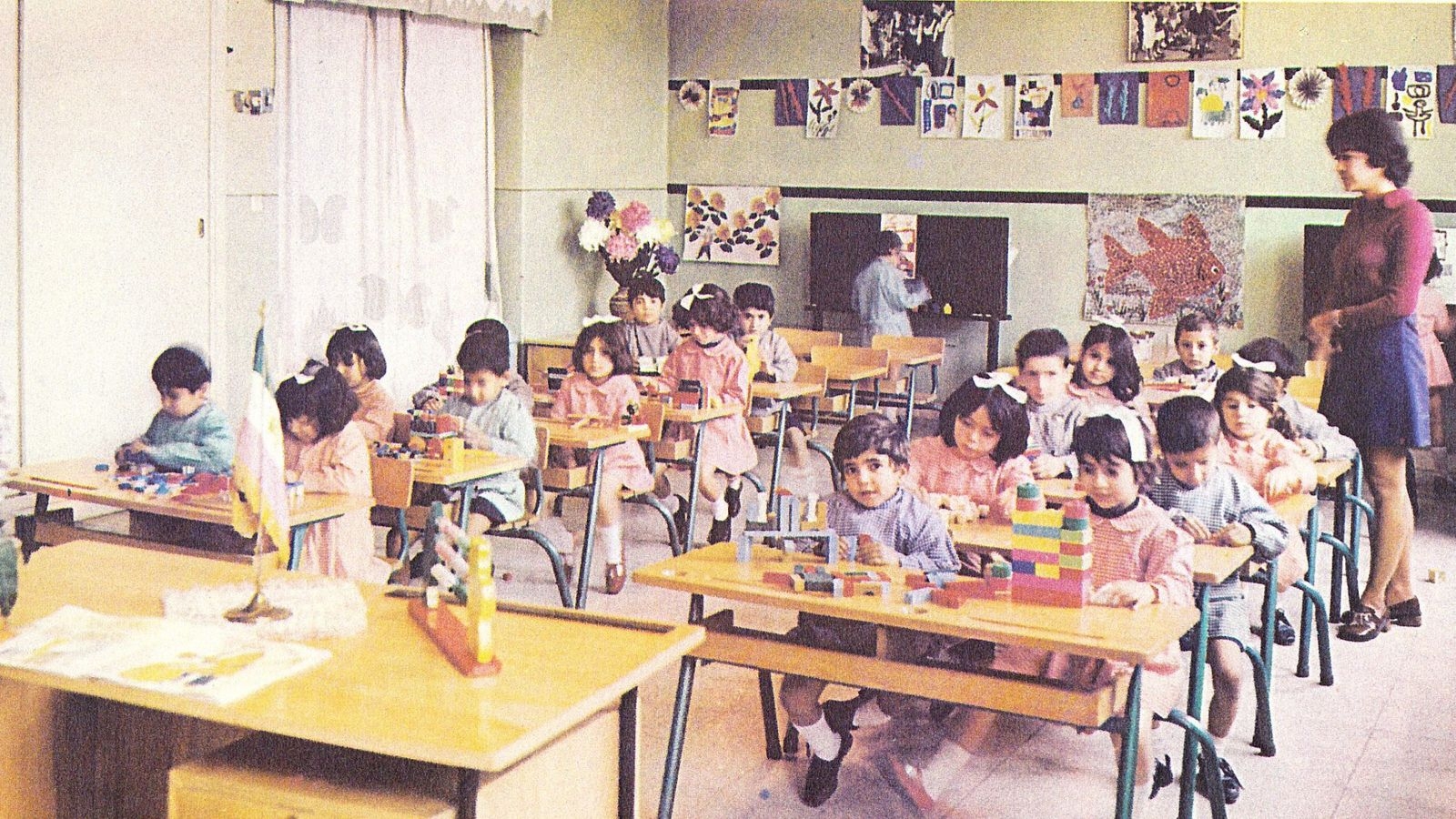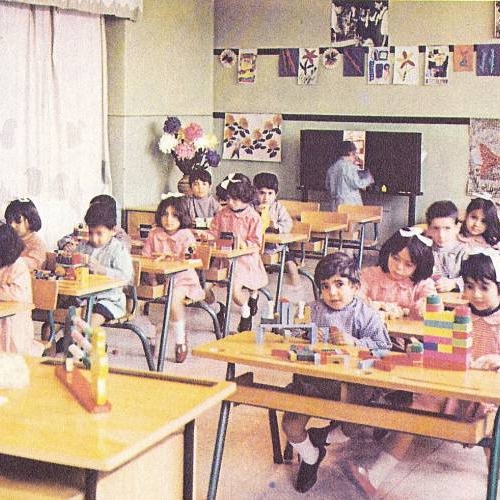The History and Challenges of Preschools in Iran from the Qajar Period to Today

Kindergarden
The history of preschools in Iran began in the early 20th century with the introduction of early childhood education concepts. During the first Pahlavi era, the first preschools were established in major cities like Tehran, Shiraz, and Isfahan, aiming to create a suitable environment for children and introduce modern education. Establishing these preschools was part of Reza Shah’s social and cultural modernization programs.
The history of preschools in Iran began in the early 20th century with the introduction of early childhood education concepts. During the first Pahlavi era, the first preschools were established in major cities like Tehran, Shiraz, and Isfahan, aiming to create a suitable environment for children and introduce modern education. Establishing these preschools was part of Reza Shah’s social and cultural modernization programs.
Second Pahlavi Era (1941–1979)
During the second Pahlavi era, preschools expanded significantly. As the number of working mothers increased and the focus on children's education and development grew, numerous private and public preschools were established to provide children with basic educational programs and activities. In this period, preschool education became recognized as a crucial phase for preparing children for school and social life.
After the 1979 Uprising
After the 1979 uprising, Iran's preschool system underwent significant changes. Preschools were placed under the supervision of the Ministry of Education, and religious teachings became a primary part of the curriculum. Although the goal was to promote Islamic values and religious upbringing, this shift introduced several issues and challenges, including:
1. Imposing Religious Beliefs at a Young Age: Preschool-aged children are very sensitive and impressionable, and this stage may not be ideal for direct religious instruction. Instead of fostering a deep understanding, this approach often leads to rote memorization.
2. Reduced Creativity and Curiosity: An excessive emphasis on religious teachings can lead to decreased creativity and curiosity in children. Those subjected to rigid religious programs may be less inclined to explore new ideas and develop creative problem-solving skills.
3. Reduced Focus on Academic and Developmental Education: A focus on religious education sometimes results in less attention to academic and developmental learning, potentially impacting children’s balanced growth.
4. Mismatched with Children’s Psychological Needs: Religious teachings often involve abstract concepts that are complex for preschool children to grasp, leading to confusion and inner conflicts.
5. Negative Impact on Children’s Joy and Vitality: Preschools should offer a joyful, creative environment for children. Excessive focus on rigid religious teachings can dampen children’s happiness and limit the preschool’s environment.
Conclusion
Preschools in Iran have played a vital role in children's education and development, evolving continuously over time. From the Pahlavi period’s focus on modern and scientific education to the post-1979 period’s increased emphasis on religious education, preschools have been shaped by political and social changes. However, parents and education experts continue to seek ways to create a balanced environment in preschools that meets children’s psychological needs while fostering creativity and development.
